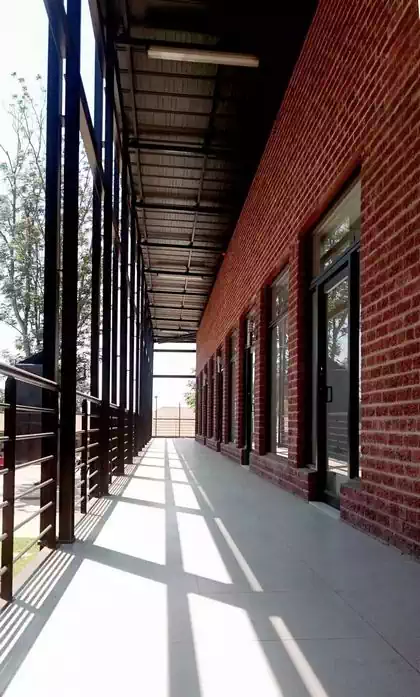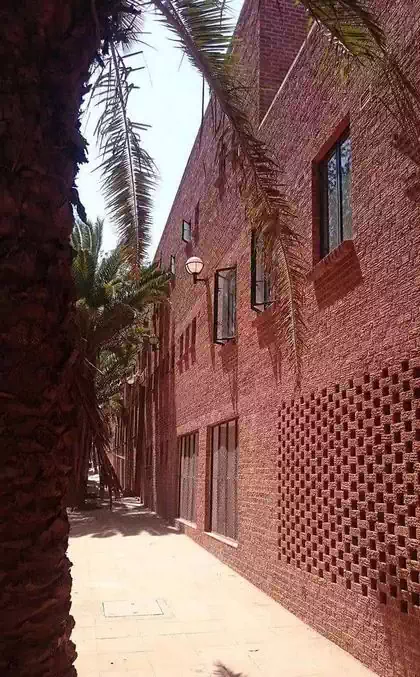NSSA Chipinge commercial centre design


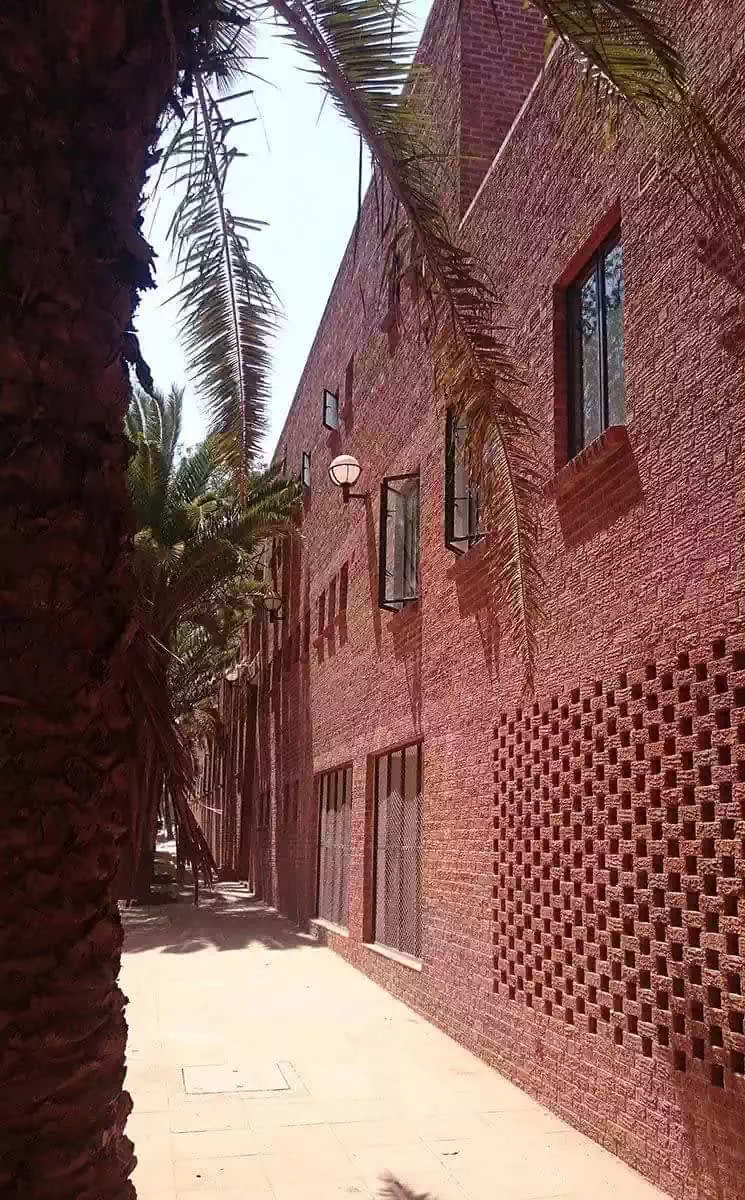
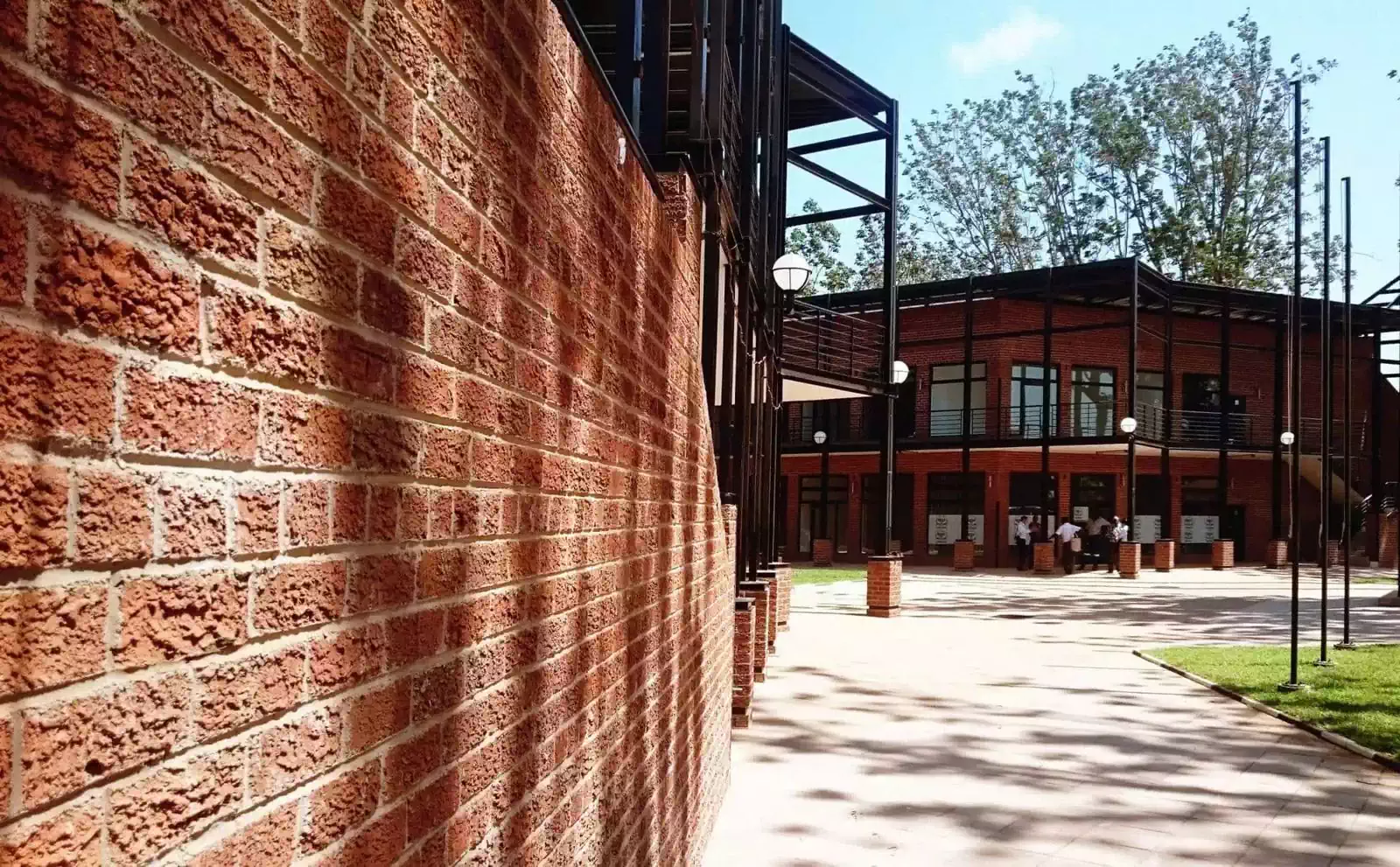
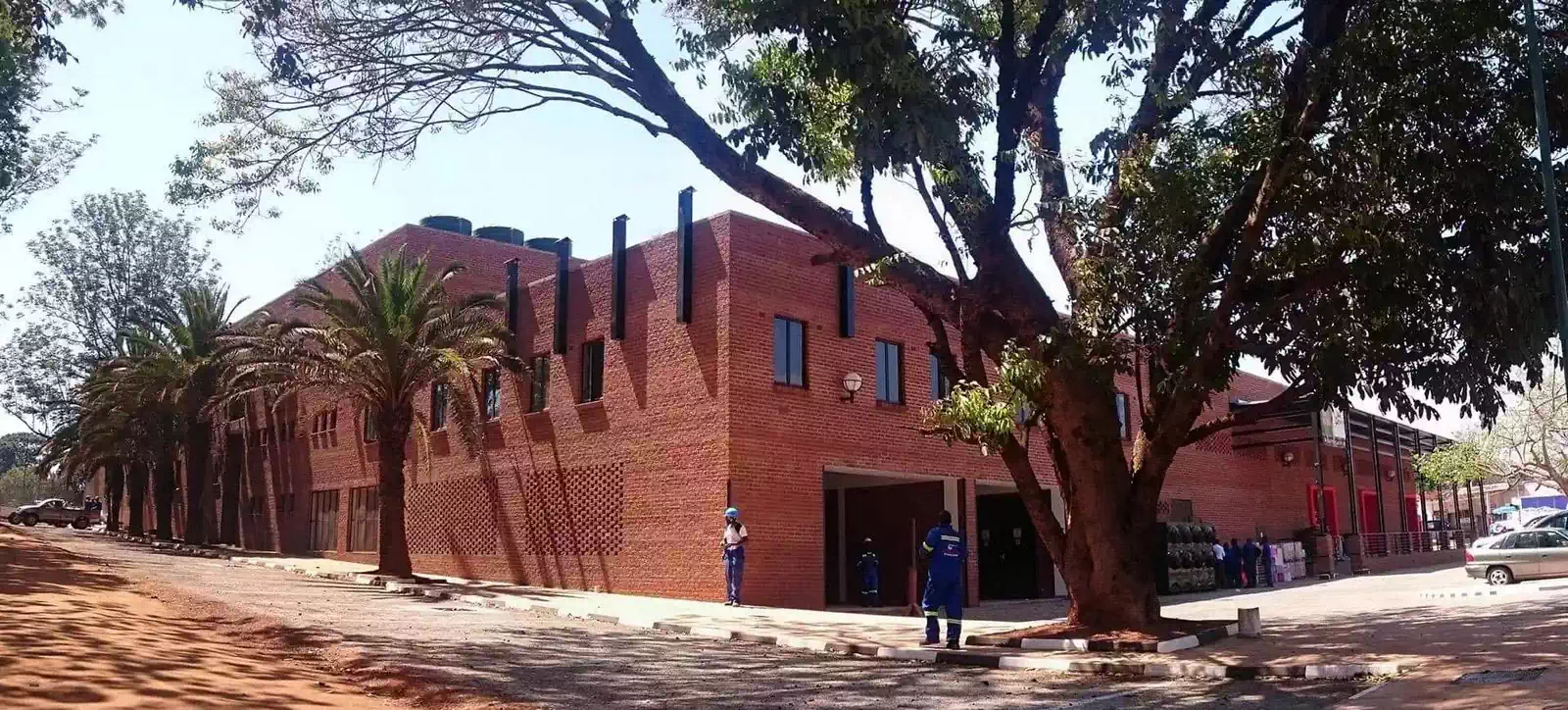


After successfully completing the commercial architectural design of their Bindura Shopping centre, the National Social Security Authority (NSSA) engaged us to help them with their shopping centre design in the centre of Chipinge in the highlands of Zimbabwe. Aiming to improve the local economy by providing places for vendors to sell their products and new shops for the regional population, the regional market would be bolstered. The retail design would include shops, banks, a supermarket, local utility offices and a fast-food court. As a commercial architect, the challenge of a sustainable retail design for a regional town inspired us to find local solutions to common problems.
Commercial design brief
The design brief prioritized local labour and materials focusing on sustainable design emphasizing the longevity of the design, ease of maintenance and use. Self-sufficiency and independence from the national electric grid were also required through the use of generators, water tanks, and energy considerations. The mild climate of Chipinge required little artificial heating and cooling of internal spaces during the winter and summer months.
Shopping center design
The site for the commercial design was in the heart of Chipinge on sloping terrain with nearly four meters height difference between the top and bottom access. Magnificent indigenous trees were present along the main road at the top of the plot, and large palms along the sides of the complex. Our priority for the shopping centre design was to attempt to keep as many of these existing trees and minimize large scale movement of terrain. The commercial architectural design evolved naturally from these ideas. The anchor tenant, OK supermarket, was placed at the bottom of the plot, with easy access for deliveries and a separate parking area. The double volume of the shop design balanced out the height difference and enabled that the remainder of the shopping complex could develop on two floors above the supermarket.
The shopping center architect in us came up with an open-air, atrium styled, design giving all retail units frontage onto an external walkway and visibility to customers. The design also enabled natural lighting, ventilation, views of the vegetation and easy access to all shops and retail units. Dark mild steel profiles provided shade and contrast to the rough local face-brick used for the external walls. This contrast of modern and rustic materials symbolized the evolution of a new commercial centre in a culturally rich traditional region.
Green building design
The shopping centre architecture proposed employs green buildings strategies, focusing on using natural resources in providing comfort to its users. The atrium design affords daylight, and so natural lighting, to all shops minimizing the use of artificial lights to only external night lighting. The ventilation is also natural, through the use of cross ventilation of all retail spaces through the complex, open air corridors and circulation. Large canopies protect the public from rain and direct sunlight while allowing them to remain in the open-air. Water tanks and specially designed naturally ventilated generator spaces permit independence from the national water and electrical grid.
All peripheral existing vegetation was maintained and protected during construction and upon completion has thrived, adding cooling shade in the summer months and protection from the winter wind. The central vegetation was relocated into a newly created separate park area, that was revitalized and enriched, with the long term goal of providing education and protection of the indigenous vegetation and fauna of the region.
Functional layout
The anchor supermarket had stringent requirements regarding deliveries, service access, heavy vehicle access and drop-off points, all catered for at the back of the building, away from the general public. The supermarket services in terms of storage, finances, bakeries, etc were all located in the unused double volume non-retail portion of their footprint.
The shopping center architect envisaged the food courts at the top of the complex, with a large balcony giving the diners a spectacular view over Chipinge and the surrounding areas.
The NSSA Chipinge commercial centre has resulted in a good example for green design practices in distant areas and has stood the test of a few years and even a cyclone as a creative yet functional commercial architecture.


